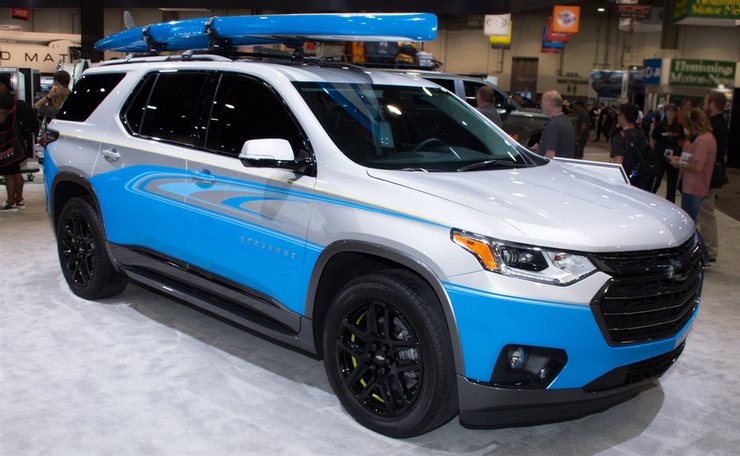
The beginning of the coronavirus pandemic affected the sales of new vehicles in the United States, but according to a recent study by the Specialty Equipment Market Association (SEMA), the automotive industry has begun to bounce back, and sales are expected to return to pre-pandemic levels within the next two to three years.
In 2020, consumer demand for larger vehicles — specifically CUVs and pickups — helped sales of light vehicles rebound after the lockdown. CUVs have continued to grow in popularity and by 2028 are expected to make up about half of all new light vehicles sold.
“Light trucks, including CUVs, will make up 82% of all new light vehicles sold in the United States,” says SEMA Market Research Director Gavin Knapp. “However, even with the shift in sales, passenger cars aren’t going away. There are still 114.8 million passenger cars in operation, and it will take a while for these vehicles to cycle out of operation.”
More than 281 million passenger vehicles are on the road in the U.S., and the overall vehicle population continues to change. Here are some of the vehicle segments that make up the vehicle population and information on how they are expected to change.
Pickups: Full-size pickups are the top-selling vehicle models in the U.S. and make up 20% (57.6 million) of all vehicles currently on the road. The number of pickups is expected to continue to grow over the next decade, thanks to established models and new small or alternative-energy options from Ford, GM, Ram, Toyota and Nissan — plus new electric pickups from Tesla, Rivian and Hummer.
Sports cars: While new vehicle sales have shifted away from passenger cars, sports cars remain popular, with 9.8 million models on the road. The Ford Mustang remains the best-selling sports car in operation today, followed by the Chevy Camaro and Dodge Challenger. A rumored new Dodge Barracuda in the near future could help increase the popularity of this vehicle segment.
SUVs: The distinction between a traditional SUV and a CUV (crossover) has been blurred, and while both are utility vehicles, CUVs are considered different because they are built with a unibody platform (commonly used for passenger cars) and SUVs are traditionally built on a truck platform. There are 37.3 million SUVs on the road — led by models from Ford, GM and Jeep — and sales are expected to remain steady or even grow slightly over the next decade.
CUVs: Because CUVs provide the efficiency of a passenger car and the functionality of a light truck, their popularity has skyrocketed, resulting in 54.6 million vehicles on the road. Most automakers offer a CUV in their lineup, and the vehicle segment is projected to account for nearly 50% of all new vehicles sold by 2028, with more than 100 different models available to consumers.
Sedans: Sometimes referred to as traditional cars, sedans have begun to disappear from automaker lineups. Still, more than 86 million sedans remain on the road, with models by Toyota, Honda and Nissan expected to remain top sellers. Small, mid-range and large sedans are the most common vehicle type on the road today, and while sales have slowed, it will be a long time before they cycle out of operation.
Those are just some of the vehicle segments that make up the vehicle population in the United States. While trends and consumer preferences will ultimately determine how the vehicle population will change in the next decade, the recent SEMA Vehicle Landscape Report (www.sema.org/research) points toward a continued dominance in sales by light trucks.
Market research is valuable to helping businesses understand specific industries and make informative decisions. SEMA produces a variety of research reports throughout the year on current data metrics, trends and opportunities in the automotive market. To learn more about SEMA, visit www.sema.org.






